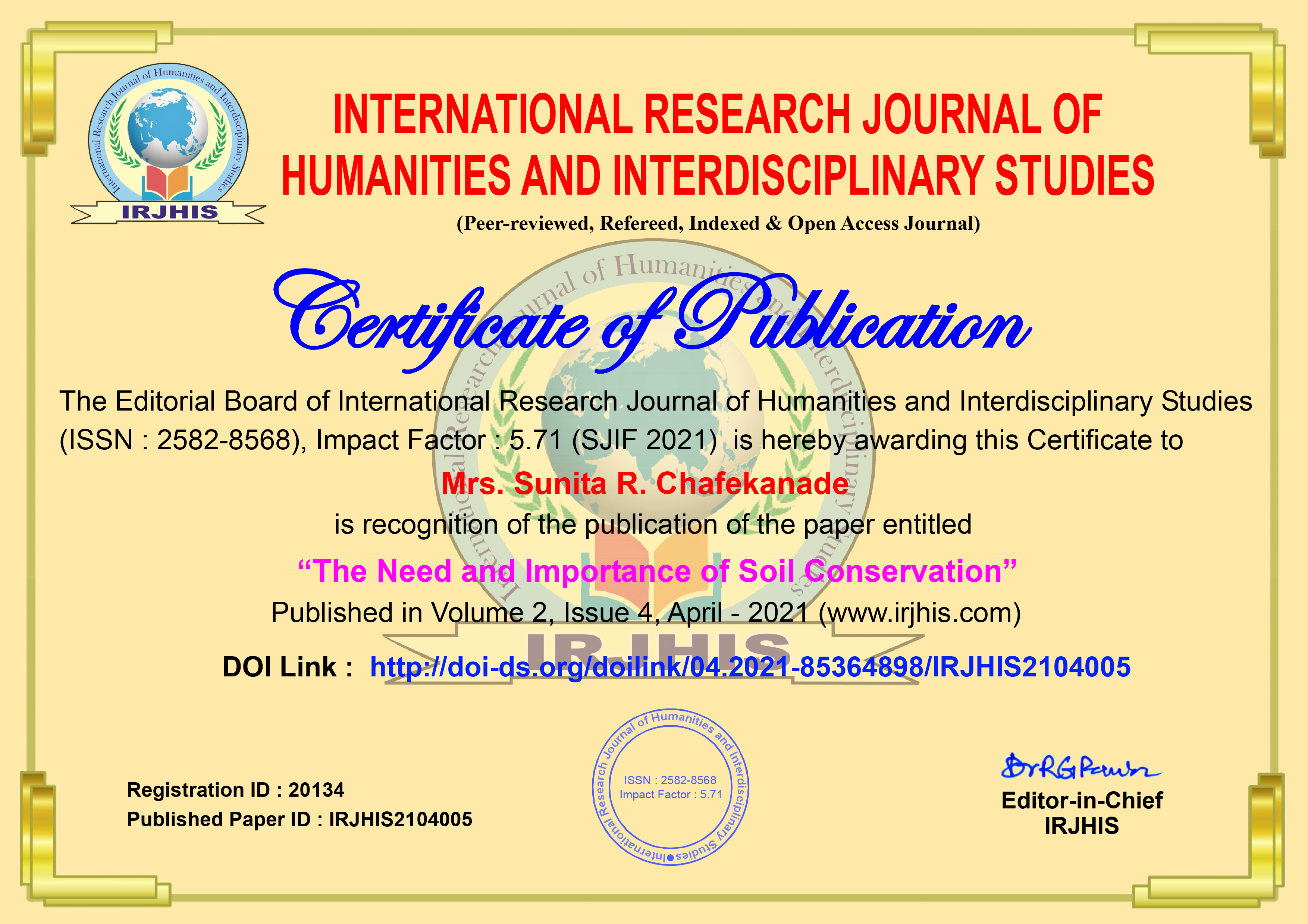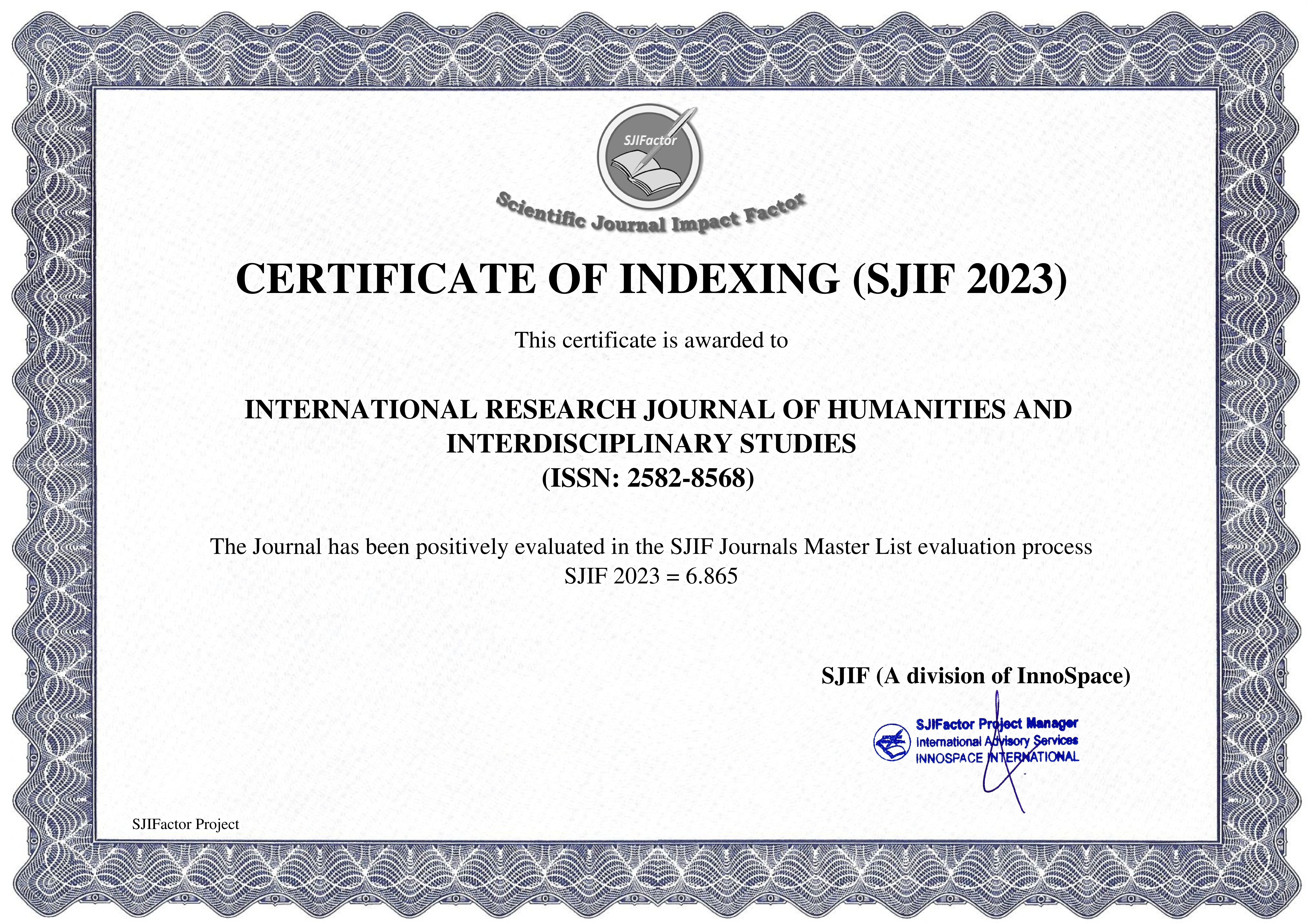Paper Details


Call For Papers
Volume 06, Issue 12
Frequency: 12 Issue per year
Paper Submission: Throughout the Month
Acceptance Notification: Within 2 days
Areas Covered: Multidisciplinary
Accepted Language: Multiple Languages
Journal Type: Online (e-Journal)
Announcement

Publish books with ISBN Number
- Edited Book
- Text Book
- Ph.D Thesis
- Conference Proceedings
ISSN Number:
2582-8568
Journal DOI No:
03.2021-11278686
Title:
The Indigo Revolution and its Rebels: Pioneers of the Indian Nationalist Movement ( 1859-1860)
Authors:
Cite this Article:
,
The Indigo Revolution and its Rebels: Pioneers of the Indian Nationalist Movement ( 1859-1860), International Research Journal of Humanities and Interdisciplinary Studies (www.irjhis.com), ISSN : 2582-8568, Volume: 6, Issue: 4, Year: April 2025, Page No : 01-07,
Available at : http://irjhis.com/paper/IRJHIS2504001.pdf
Abstract:
The Indigo Rebellion of 1859 was the first decisive blow to British colonial rule. Realizing that the cultivation of indigo by the uneducated, poor farmers of Bengal was a profitable business and through this they could be financially and socially empowered, the British wanted to make India, especially Bengal, their new economic capital. Cultivation of indigo was profitable only to the British and the farmers of Bengal were becoming poorer and poorer so they did not want to grow indigo. If the farmers of Bengal did not agree to grow indigo, they were brutally tortured. The forced cultivation of Bengal’s peasantry by the English Nilkar Sahibs and the brutal torture they inflicted on them formed the background of this revolution. When the level of oppression exceeded the limit, the peasants were forced to declare revolt.Vishwanath Sardar, Digambar Biswas, Vishnucharan Biswas, Meghai Sardar, Krishnaram Sardar etc. were the main leaders of this revolution. Here we will once again discuss Blue Mutiny in the light of history, especially the role of the heroes of the revolt. The courage, struggle, sacrifice and self-sacrifice of these great revolutionaries will be highlighted, which motivates us even today to speak out against injustice.
Keywords:
Indigo, Bengal, Cultivation, Revolt, Leaders
Publication Details:
Published Paper ID: IRJHIS2504001
Registration ID: 21781
Published In: Volume: 6, Issue: 4, Year: April 2025
Page No: 01-07
ISSN Number: 2582-8568
Download Full Paper: Click Here
Article Preview:





